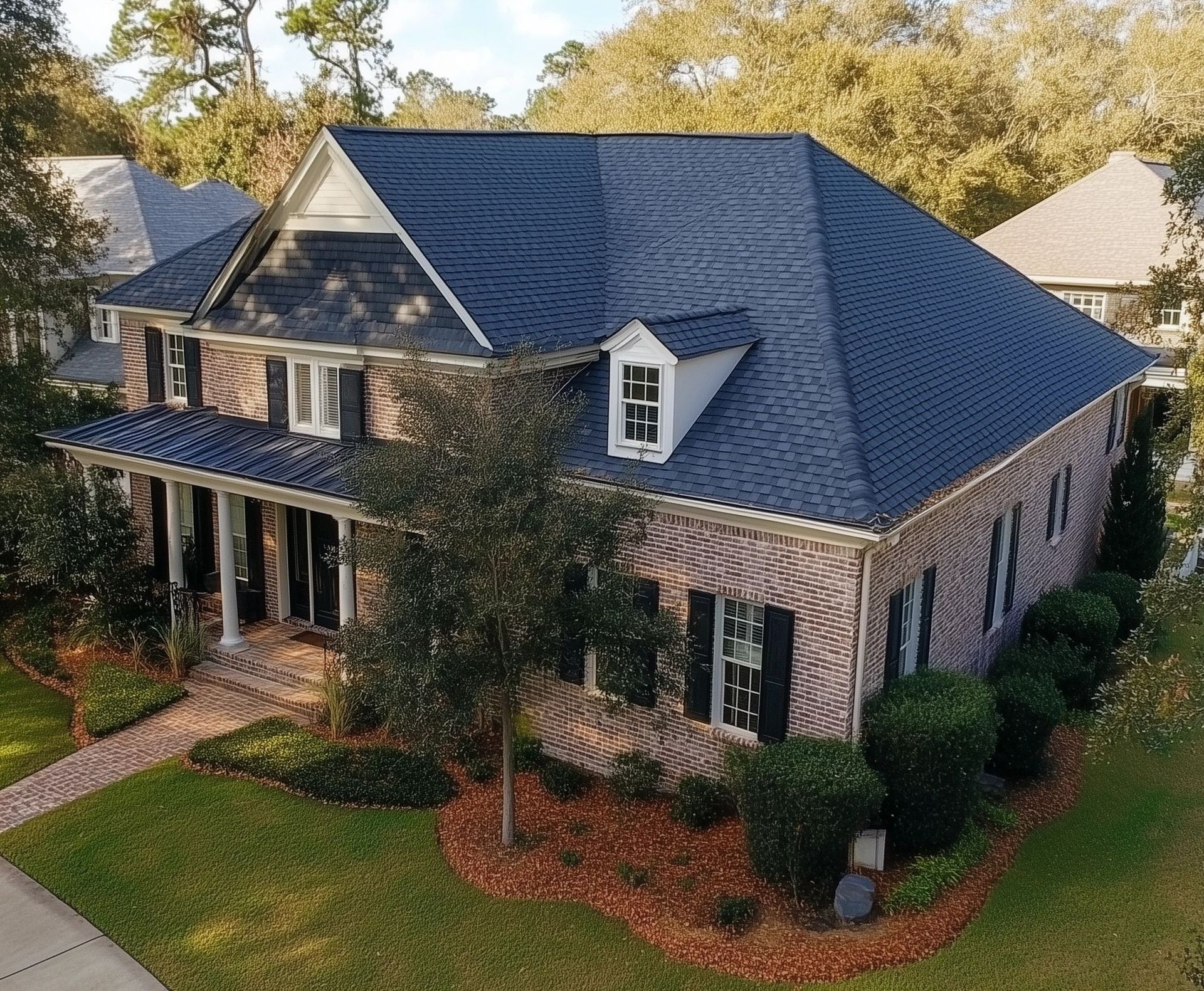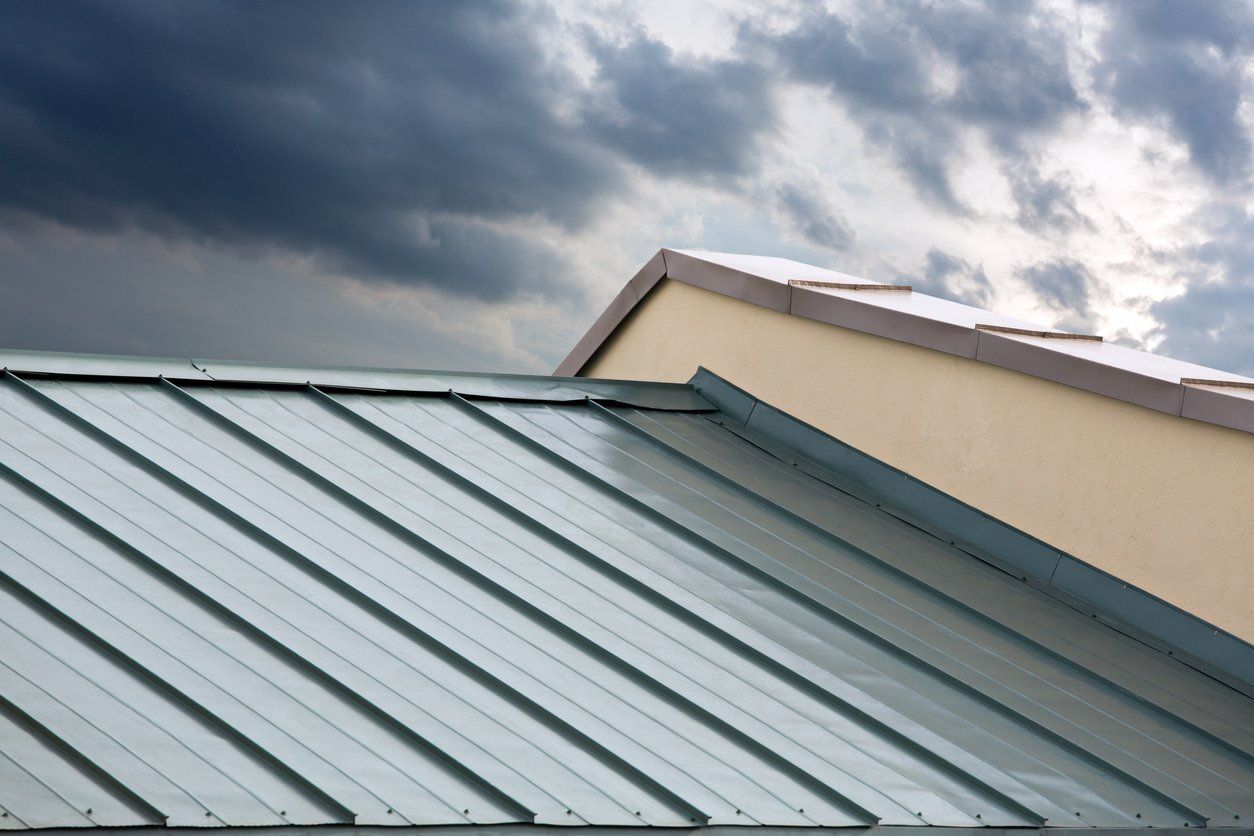Introduction
When it comes to roofing, homeowners and building managers often find themselves torn between two primary styles: flat and sloped rooves. Both options come with their unique benefits and challenges, particularly when it comes to repairs. Understanding these differences can save you time, money, and a lot of headaches down the line. In this comprehensive guide, we will explore the various facets of flat vs sloped rooves, including repair considerations for each type, the kind of roofing services required, and how to choose the best roofing contractors for your needs.

Flat vs Sloped Rooves: Repair Considerations for Each Type
When assessing your roofing options or dealing with repairs, it's roofing company crucial to understand the distinctions between flat and sloped rooves. Flat rooves usually have a gradient of 10 degrees or less, while sloped rooves can vary widely in angle. Each type presents its own set of challenges that must be addressed during installation and repair processes.
Understanding Flat Rooves
Flat rooves are often associated with modern architecture and are commonly found in commercial buildings as well as some residential homes. While they offer space for rooftop gardens or installations like solar panels, the lack of drainage can lead to significant issues if not properly maintained.
Common Issues with Flat Rooves
- Ponding Water: Since flat rooves drain poorly, water can accumulate in low spots after heavy rains. Membrane Damage: The waterproof membrane is susceptible to tears and punctures. Debris Accumulation: Leaves and debris can block drainage systems.
Repair Strategies for Flat Rooves
Repairing a flat roof requires specific expertise. Here are some strategies:
Regular Inspections: Engaging in routine roof inspections helps catch potential problems before they worsen. Emergency Roof Leak Repair: If leaks are detected, immediate action is necessary to prevent further damage. Roof Membrane Repair: Seal any tears or punctures promptly to extend the life of your roof.Cost Considerations
The cost for flat roof repairs varies significantly based on factors such as size and extent of damage but typically falls within a certain range:
| Service Type | Estimated Cost | |-------------------------|-------------------| | Routine Inspection | $200 - $400 | | Emergency Leak Repair | $300 - $600 | | Full Membrane Replacement | $1,000 - $5,000 |
Exploring Sloped Rooves
Sloped rooves are designed with angles that facilitate rainwater runoff efficiently. They can be made from various materials like shingles, tiles, or metal sheets.
Common Issues with Sloped Rooves
- Shingle Damage: Individual shingles may get blown away due to strong winds. Ice Dams: In colder climates, ice buildup at eaves can create leaks. Flashing Failure: Improper flashing around chimneys or vents leads to significant water intrusion.
Repair Strategies for Sloped Rooves
Effective repair practices include:
Routine Maintenance Services: Regular cleaning of gutters and downspouts prevents water backup. Asphalt Roof Repair: For asphalt shingles specifically affected by age or storms. Roof Flashing Repair Services: Ensuring flashing is intact around critical areas reduces leak risks.Cost Considerations
For sloped roofs, costs might differ slightly based on materials used:
| Service Type | Estimated Cost | |---------------------------|--------------------| | Routine Inspection | $150 - $350 | | Shingle Roof Repair | $200 - $700 | | Complete Roof Replacement | $3,500 - $15,000 |
Choosing Between Flat and Sloped Rooves
The decision between flat versus sloped roofs isn't merely aesthetic; it has profound implications on maintenance and repair requirements.
Factors Influencing Your Decision
Climate Conditions: Areas prone to heavy rainfall may benefit more from sloped roofs due to better water runoff capabilities. Building Style: Consideration should also be given to architectural style; modern designs may favor flat roofs. Budget Constraints: Initial costs will vary significantly depending on the choice you make.FAQs
What Are the Benefits of Choosing a Flat Roof?
Flat roofs offer additional usable space for outdoor activities like rooftop gardens or HVAC units placement without compromising building aesthetics.

How Can I Find Licensed Roofing Contractors?
Searching online directories or platforms that vet contractors can help you find licensed roofing professionals in your area who specialize in both types of roofs.
What Is Included in a Roof Inspection?
A comprehensive roof inspection includes checking membranes for wear & tear (for flat roofs) or assessing shingles’ integrity (for sloped roofs).
How Do I Know When It's Time for Emergency Roof Repair?
If you notice signs like significant leaks during rainstorms or visible sagging areas on your roof structure, it's time to call emergency roofing services immediately!
What Are Common Signs of Roof Damage?
Common signs include missing shingles (for sloped), ponding water (for flat), visible leaks inside your home, and mold growth in attic spaces.
Can I Perform My Own Roof Repairs?
While minor fixes may seem manageable if you're skilled in DIY projects; larger issues should always be handled by certified roofing contractors due to safety concerns.
Conclusion
Navigating the complexities of roofing repair requires knowledge about both flat versus sloped rooves—each presenting unique challenges that demand specific solutions. Whether you're leaning toward a sleek modern flat design or a traditional slopped look adorned with shingles or tiles, understanding these elements will prepare you better for any future repairs needed.
Ultimately, whether you choose licensed roofing contractors or opt for DIY methods will depend on personal preferences regarding budget constraints and comfort levels with home repairs. Always remember that investing time into proper maintenance today can save substantial costs tomorrow!